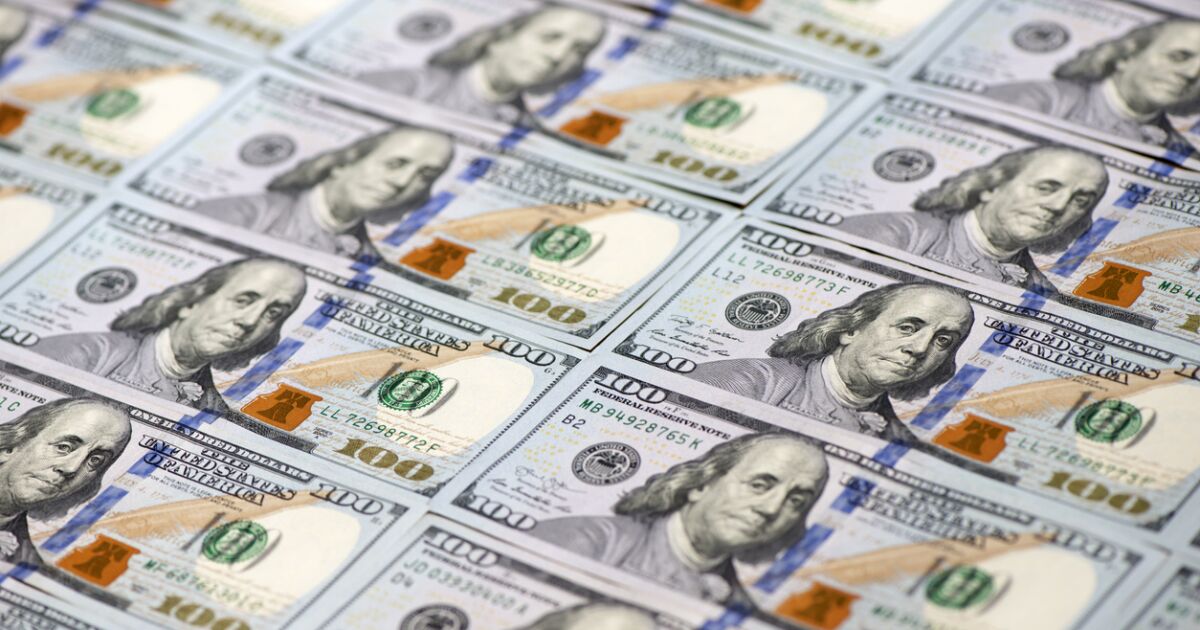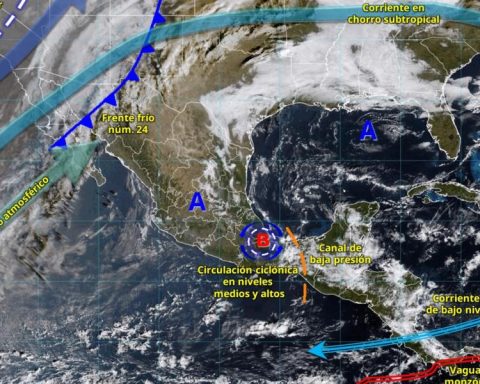U.S. central bank officials consider a pace of 1.8% to be the non-inflationary growth rate.
The economy, which continues to outperform its global peers despite sharp Federal Reserve rate hikes in 2022 and 2023, remains supported by a resilient labor market, even as the unemployment rate has risen to a 2-1/2-year high of 4.1%.
The personal consumption expenditures (PCE) price index, which excludes the volatile food and energy components, rose 2.9% after growing 3.7% in the first quarter, good news for U.S. central bank officials ahead of their two-day policy meeting next week.
The so-called core PCE price index is one of the inflation measures the Federal Reserve tracks to meet its 2% target.
The Federal Reserve has kept its benchmark overnight interest rate between 5.25% and 5.50% for the past year. It has raised its policy rate by 525 basis points from 2022. Financial markets expect three rate cuts this year, starting in September.
Despite the solid pace of economic growth, the outlook for the second half of the year is mixed. The labour market is slowing, which will affect wage increases.
The savings rate is well below its pre-pandemic average and economists estimate the bulk of the Fed’s rate hikes have yet to be felt. State and local government revenues are also slowing, which could erode spending.
There are also concerns about new tariffs, which could cause companies to import early if former President Donald Trump returns to the White House in November’s presidential election.
However, a recession is not expected, as a more expansionary monetary policy is expected this year.














